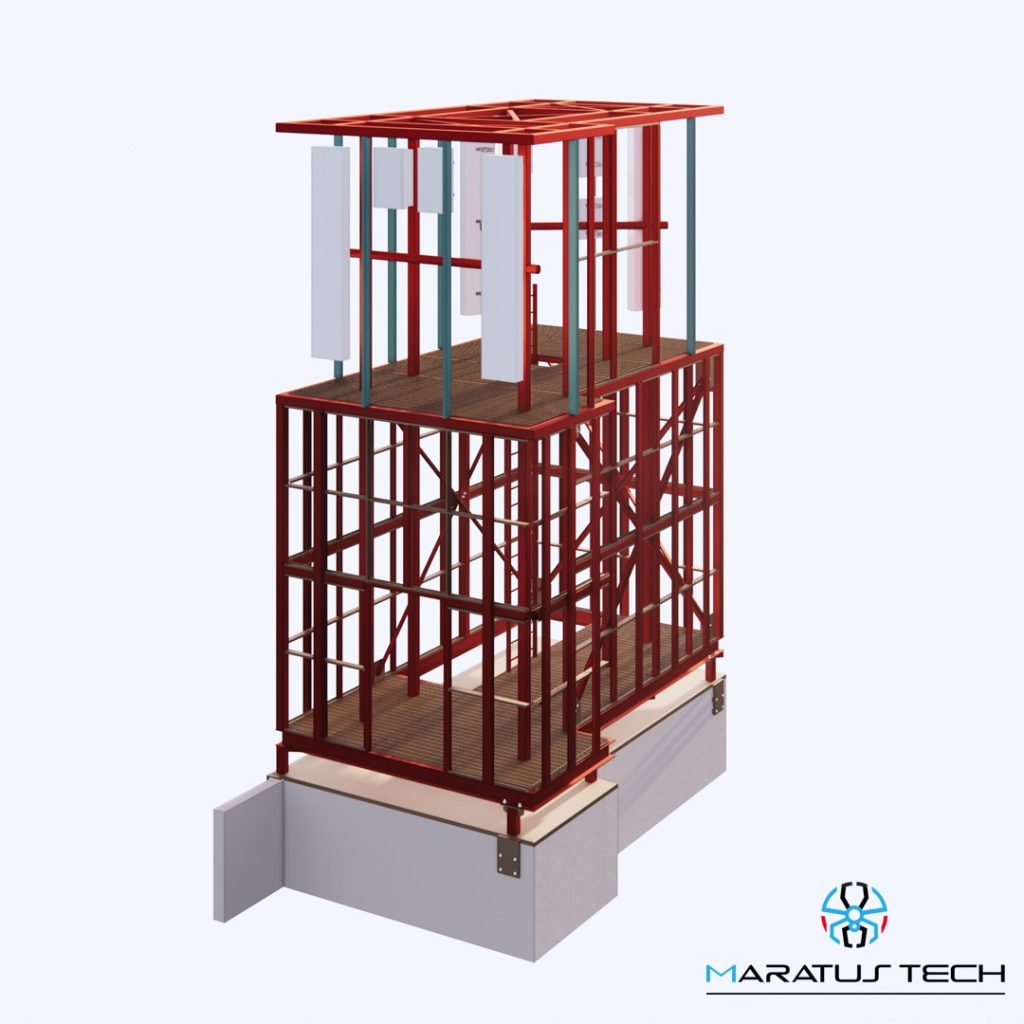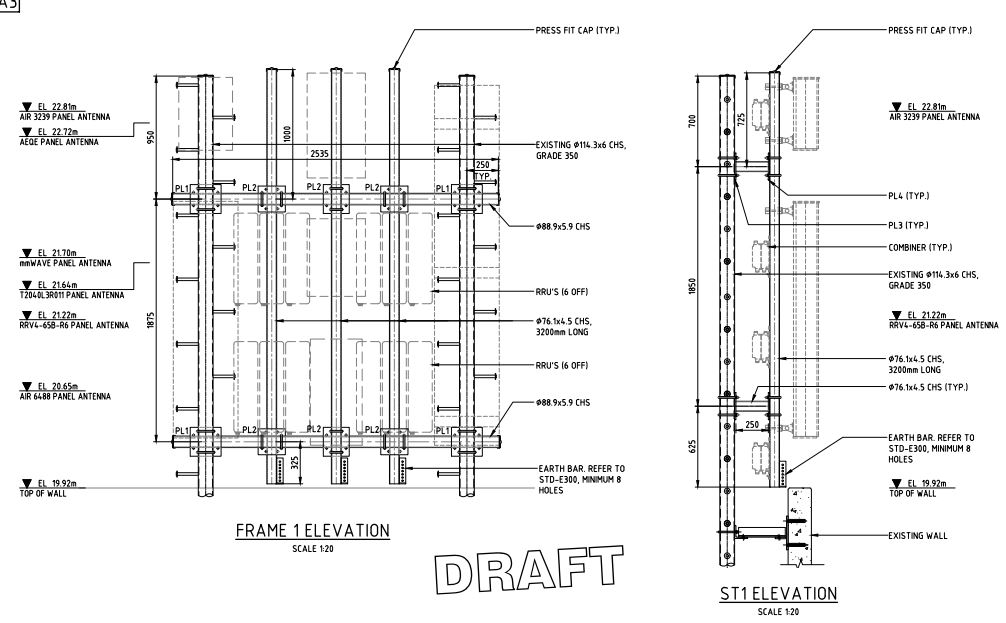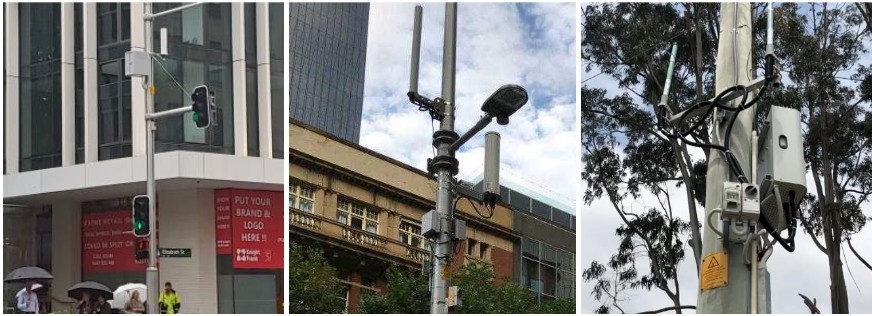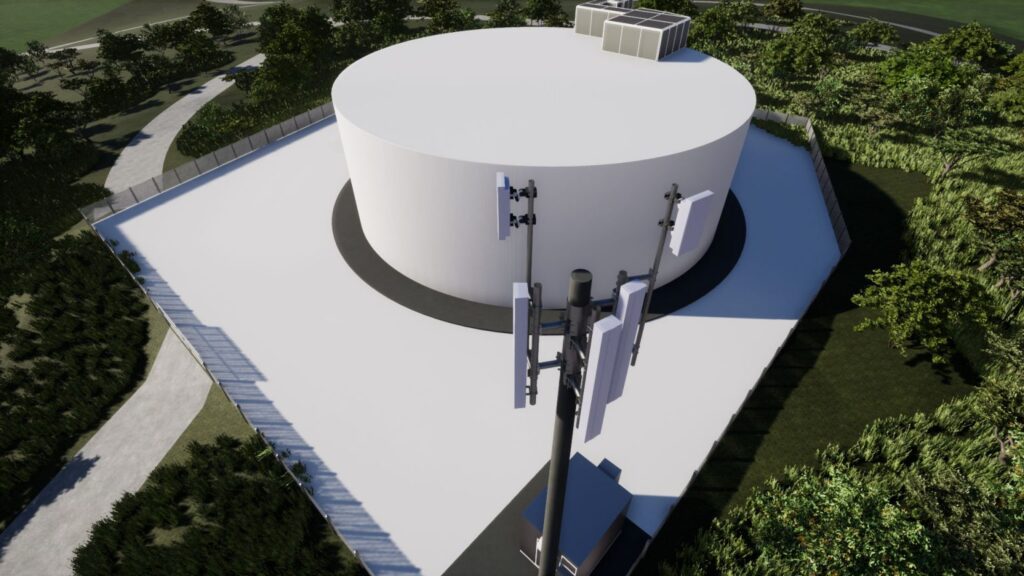Introduction: Building Information Modeling (BIM) is not just for the construction industry anymore. In the telecom sector, BIM is revolutionizing the way network infrastructure is designed, installed, and maintained. By creating detailed digital representations of physical assets, BIM enhances accuracy, efficiency, and collaboration across the project lifecycle. In this blog post, we’ll explore the benefits and applications of BIM in the telecom industry.
Body: BIM in the telecom industry involves creating comprehensive digital models of network components, such as fiber optic cables, cell towers, and other infrastructure elements. These models provide a wealth of information, including technical specifications, installation instructions, and maintenance schedules2. By integrating BIM into telecom projects, companies can achieve several key benefits:
Key Benefits:
- Improved Design Accuracy: BIM models offer precise representations of network components, reducing errors and ensuring that designs meet all requirements.
- Streamlined Installation: Detailed BIM models facilitate efficient installation processes, minimizing delays and reducing costs.
- Enhanced Maintenance: BIM provides valuable data for maintenance and upgrades, helping technicians quickly locate and address issues.
- Better Collaboration: BIM models enable seamless collaboration between different teams, including designers, engineers, and field technicians.
- Optimized Resource Management: By visualizing the entire project in a digital model, companies can better manage resources and plan for future expansions.
Applications:
- Network Design: BIM is used to design and plan the installation of telecom networks, ensuring optimal placement of components and efficient use of materials.
- Tower Upgrades: BIM models help in planning and executing tower upgrades, reducing downtime and improving performance.
- Fiber Optic Installations: Detailed BIM models ensure accurate installation of fiber optic cables, reducing the risk of damage and improving network reliability.
- Digital Twins: BIM can be used to create digital twins of physical assets, allowing for real-time monitoring and predictive maintenance.
Conclusion: BIM is transforming the telecom industry by providing accurate, efficient, and collaborative solutions for network design and management. By leveraging BIM technology, telecom companies can enhance their operations, reduce costs, and improve overall network performance.













